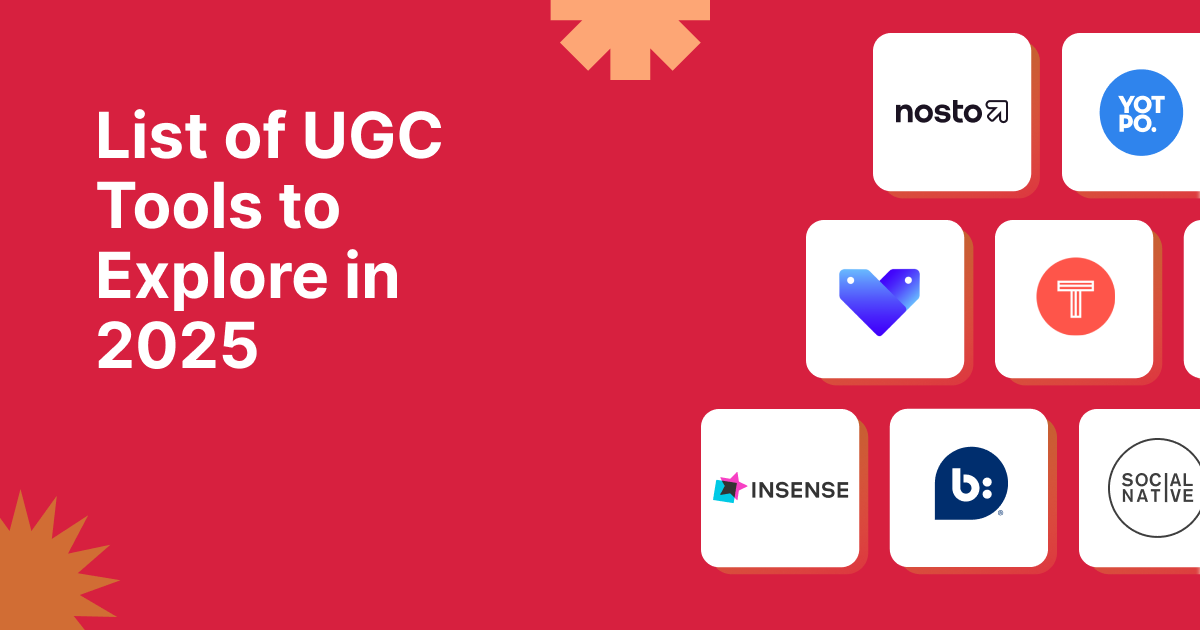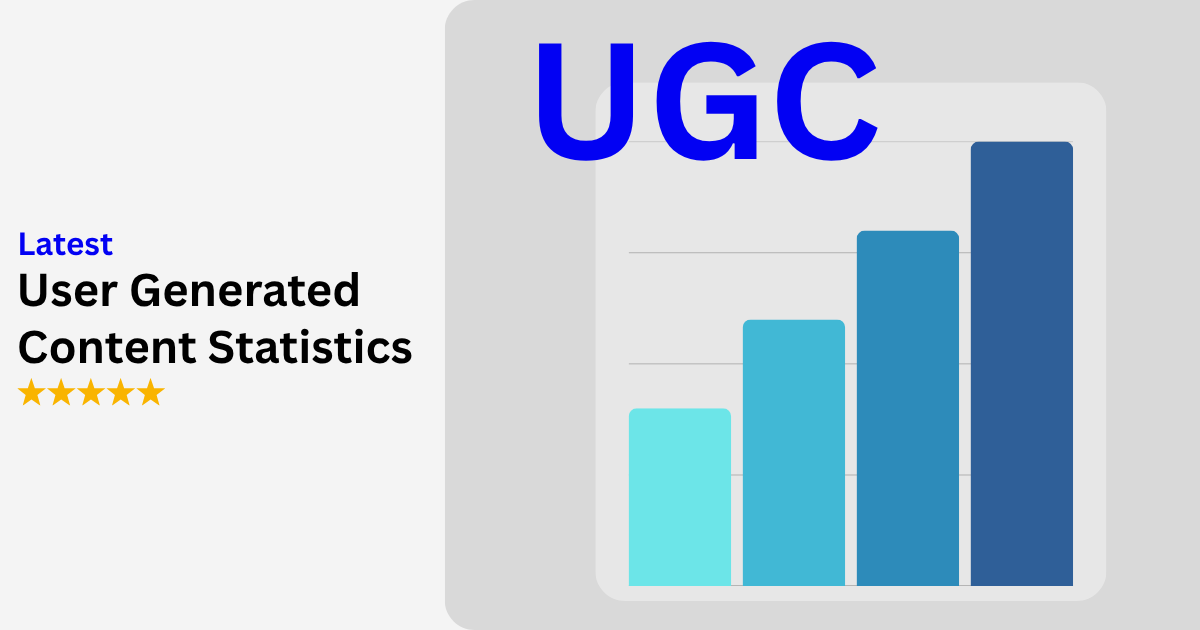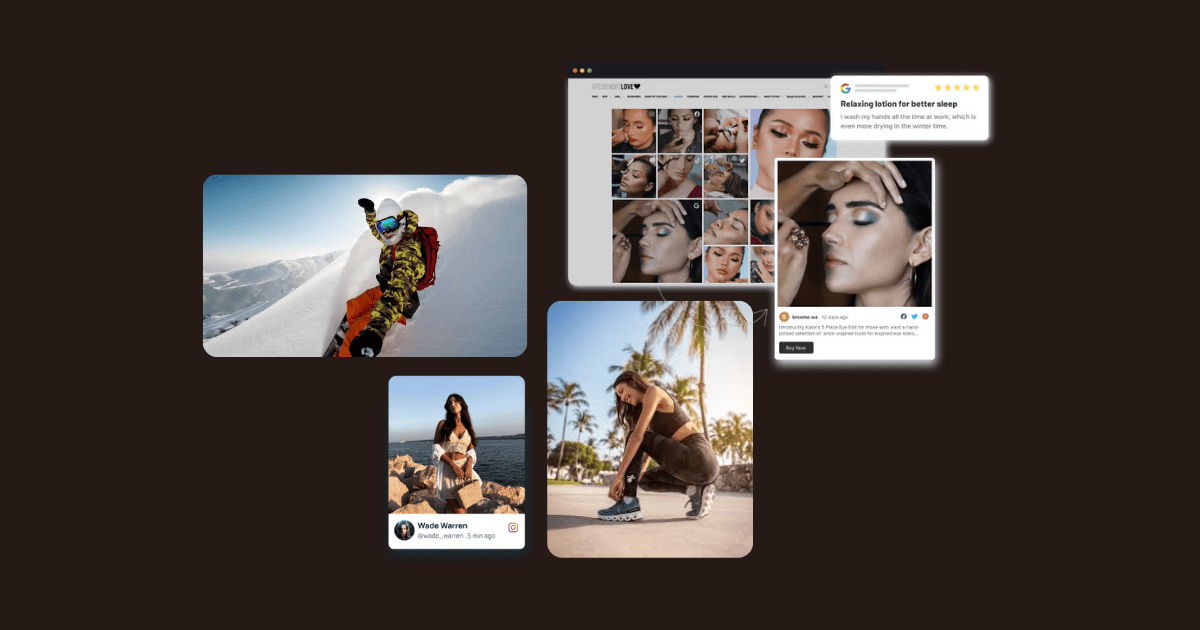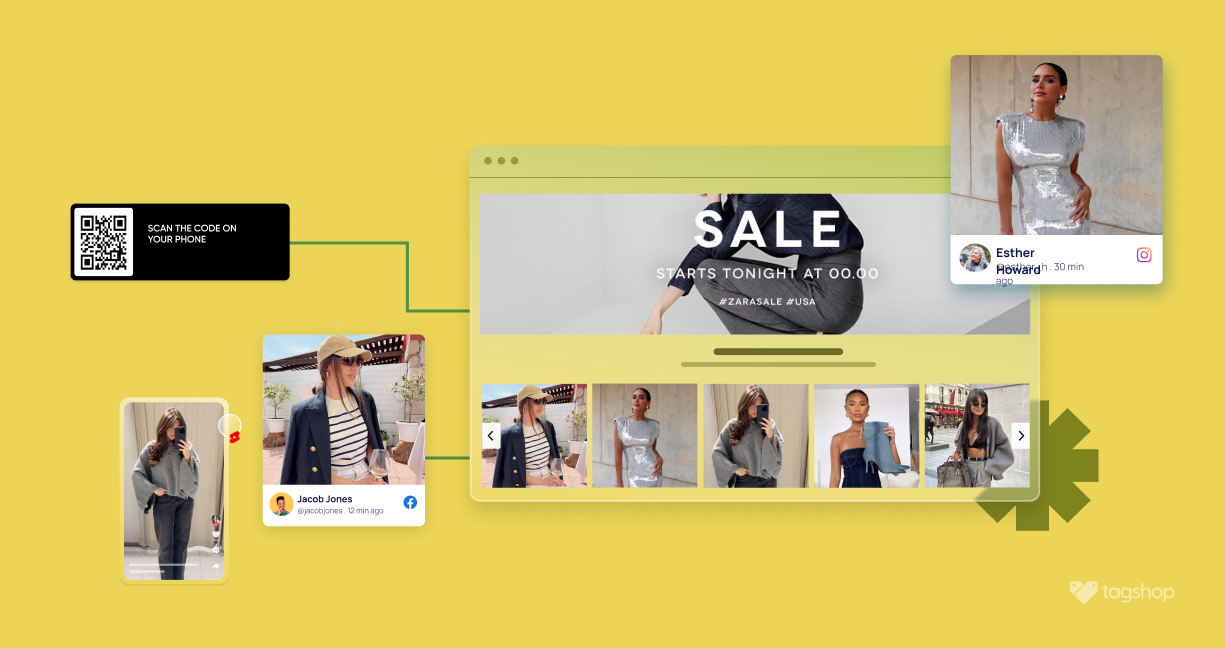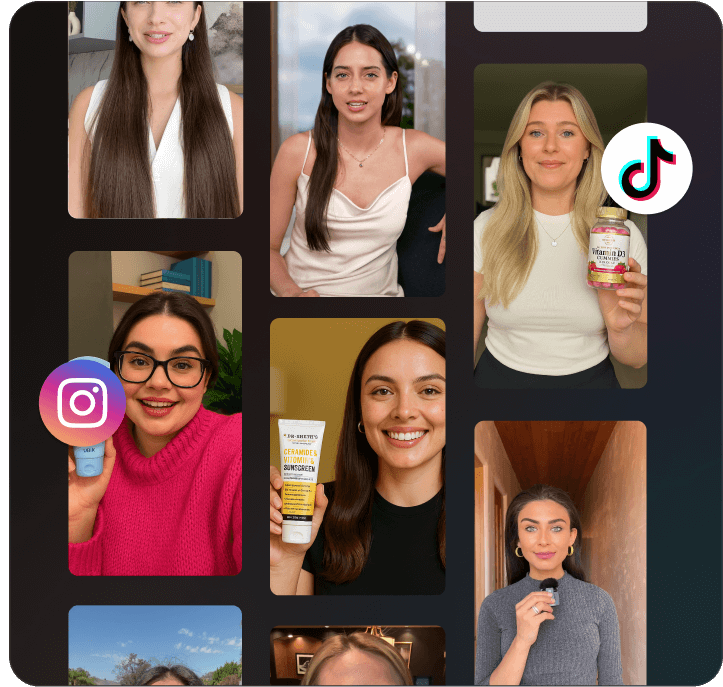Top 11 UGC Tools to Explore in 2025
User-generated content (UGC) is crucial for modern marketing, building trust, and driving conversions. UGC tools help brands collect, manage, and leverage this valuable content, including UGC photos, UGC videos, UGC reviews, and testimonials. Consumers trust peer reviews 70% more than traditional ads, and UGC can boost conversions by up to 20%. These tools range from simple hashtag trackers to AI-powered curation and rights management platforms. They enable brands to showcase UGC across various channels, maximizing its impact.
Choosing the right UGC tool depends on specific needs, but the goal is to harness authentic customer voices for brand loyalty and growth. UGC tools are essential for success in today’s digital world, from small businesses to enterprises.
1. Tagshop AI
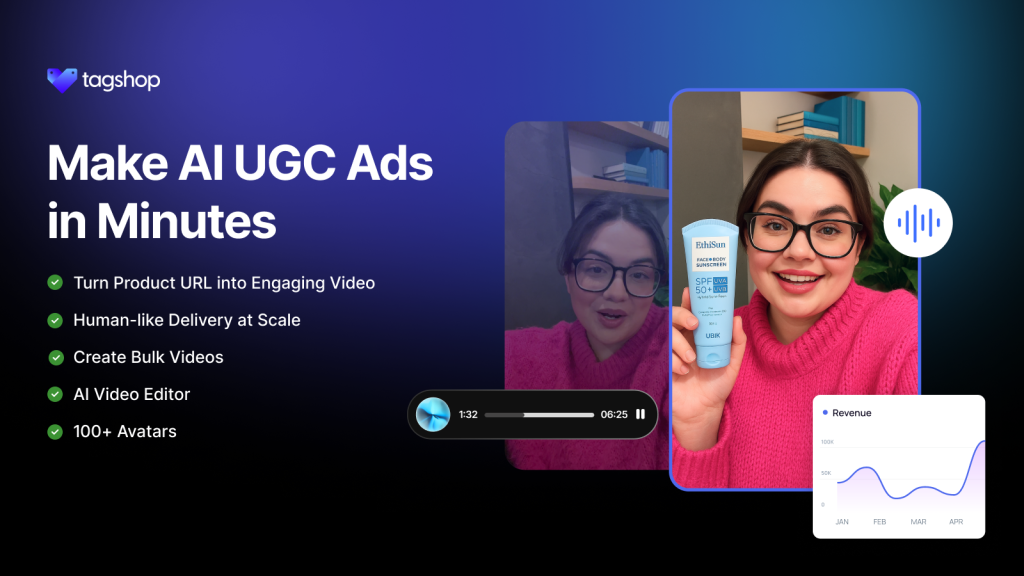
Tagshop is an AI UGC ads platform that helps brands create user-generated style videos instantly. Instead of waiting on real users or influencers to submit content, Tagshop generates UGC-style videos using AI avatars, voiceovers, and product data.
It’s built for marketers who need scalable, on-demand video content for ads, social media, or product explainers.
With Tagshop, you can turn a product page URL into a ready-to-use AI video that feels authentic, relatable, and creator-style—without the production delays or creator coordination. Ideal for performance marketing, Tagshop is redefining UGC with automation and AI.
2. Flowbox:
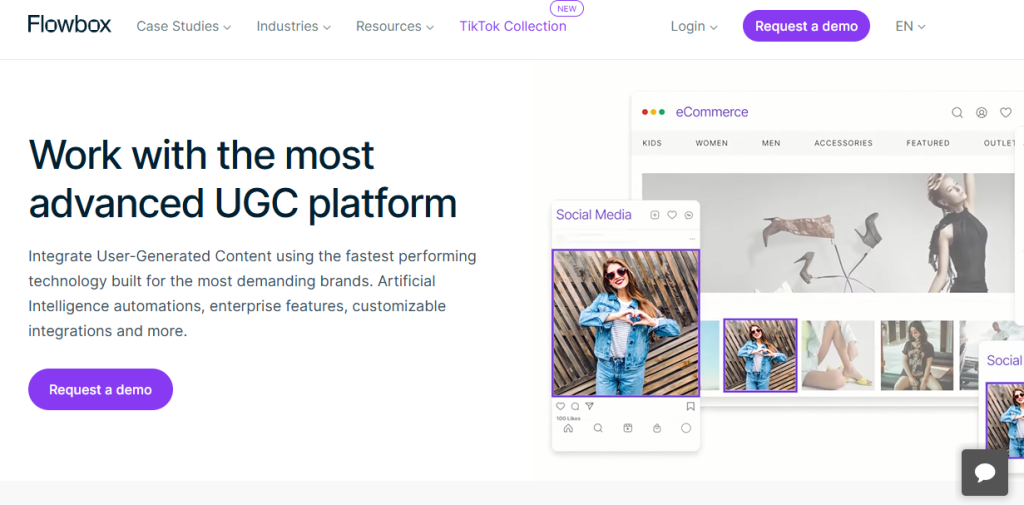
Flowbox is a comprehensive UGC platform that empowers brands to collect, curate, and display user-generated content across all marketing channels. Their focus is on providing a centralized hub for managing UGC, streamlining the process from collection to activation.
Flowbox offers advanced features like AI-powered product recognition, which automatically tags products in user-generated images, simplifying the shoppable experience. They also provide robust rights management tools, ensuring brands can legally use UGC. Flowbox differentiates itself with its sophisticated features, in-depth analytics, and focus on enterprise-level solutions.
3. Bazaarvoice:
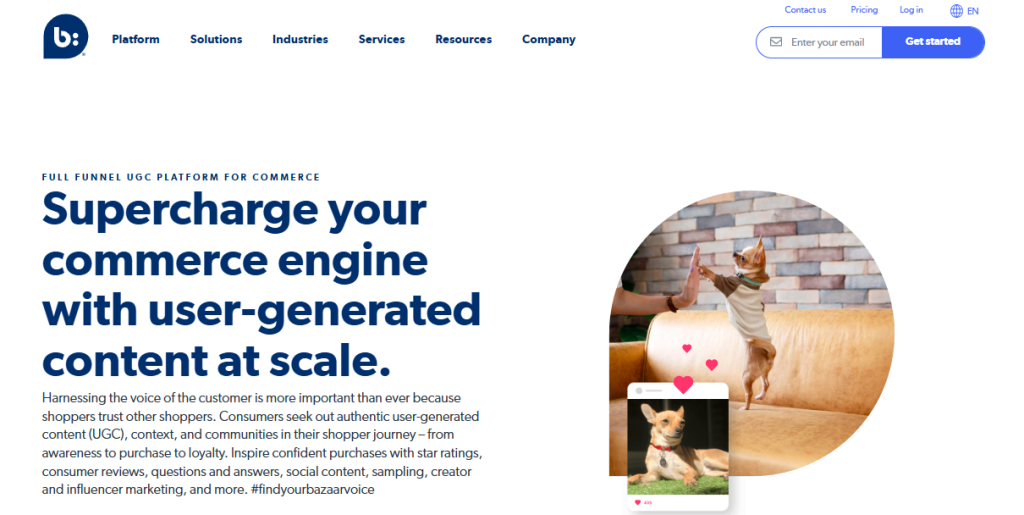
Bazaarvoice is a well-established platform specializing in customer reviews and ratings, along with other forms of UGC like photos and videos. Their focus is on building trust and social proof through authentic customer feedback.
Bazaarvoice provides tools for collecting, moderating, and displaying reviews, helping brands build credibility and influence purchasing decisions. They also offer solutions for influencer marketing and social commerce. Bazaarvoice’s strength lies in its extensive network and its focus on product reviews, making it a go-to platform for brands prioritizing customer feedback.
4. Stackla by Nosto:
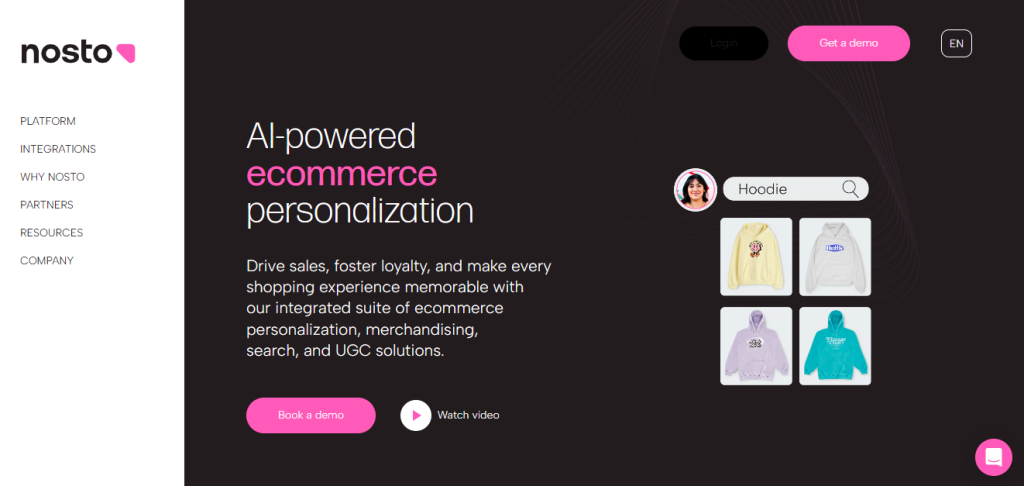
Stackla, now part of Nosto, focuses on leveraging UGC for e-commerce personalization. Their platform uses AI to analyze and curate UGC, enabling brands to dynamically display the most relevant content to each individual customer.
Stackla’s focus is on creating personalized shopping experiences that drive engagement and conversions. They offer features like AI-powered search, customer segmentation, and automated merchandising, allowing brands to tailor their UGC strategy to specific audiences. Stackla stands out with its emphasis on AI-driven personalization, making it a good choice for brands wanting to optimize their e-commerce strategy.
5. Yotpo:
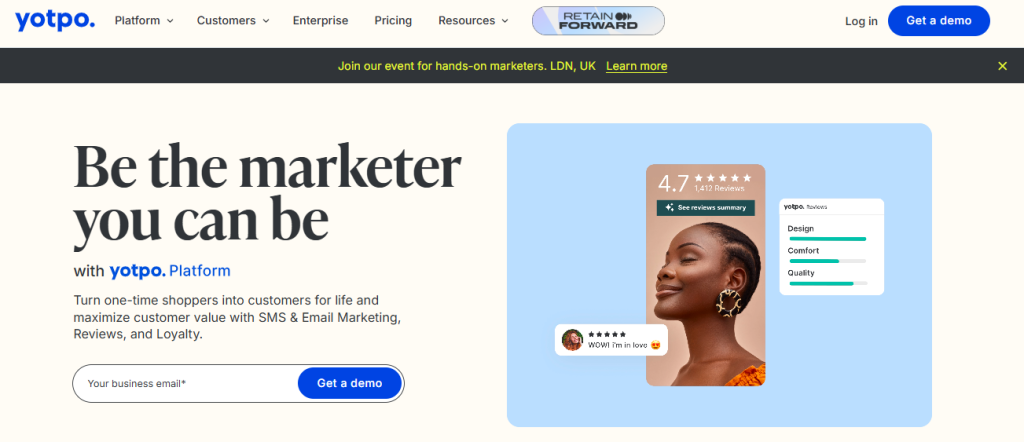
Yotpo is a popular platform for e-commerce businesses, offering solutions for reviews, visual UGC, loyalty programs, and SMS marketing. Their focus is on providing a suite of tools to enhance the customer experience and drive sales.
Yotpo allows brands to collect and display customer reviews, photos, and videos, fostering social proof and increasing conversion rates. They also offer features for building loyalty programs and engaging customers via SMS. Yotpo’s strength lies in its comprehensive approach, combining UGC with other marketing tools to create a holistic solution for e-commerce growth.
6. Tagbox:
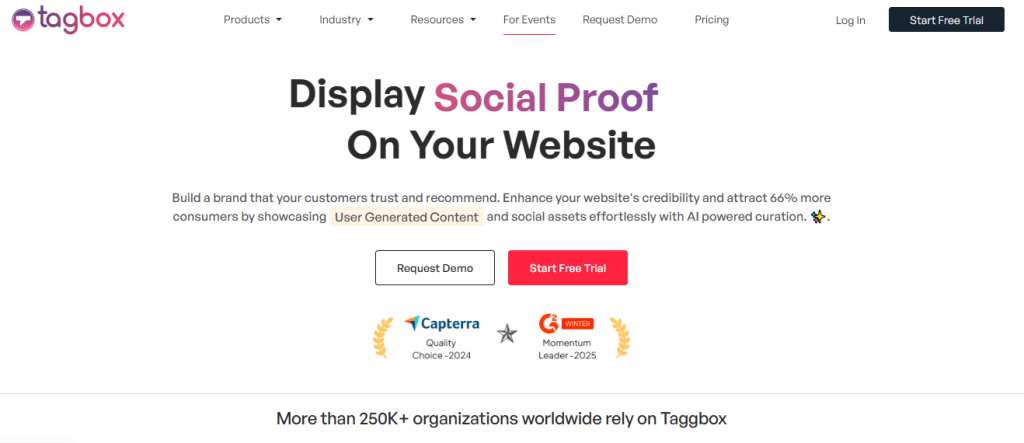
Tagbox is a versatile UGC platform that helps brands collect, curate, and display user-generated content from various social media platforms. Their focus is on providing a flexible and scalable solution for managing UGC across different channels.
Tagbox offers features for moderating content, managing rights, and displaying UGC on websites, email marketing, and digital signage. They cater to a wide range of industries and use cases. Tagbox’s strength is its adaptability and its ability to centralize UGC management across multiple platforms and touchpoints.
7. Dash Hudson:
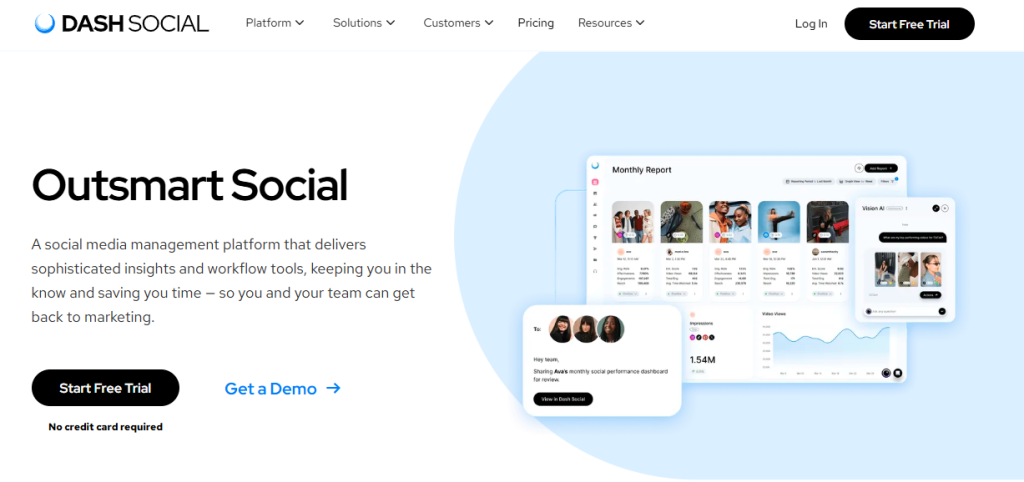
Dash Hudson is a social media marketing platform that goes beyond just collecting UGC. Their focus is on providing brands with the tools they need to plan, create, and measure the performance of their social media content, including UGC.
Dash Hudson offers features for social media analytics, influencer marketing, content scheduling, and visual marketing. They aim to help brands maximize their social media ROI. Dash Hudson distinguishes itself by combining UGC management with a broader suite of social media marketing tools.
8. Insense:
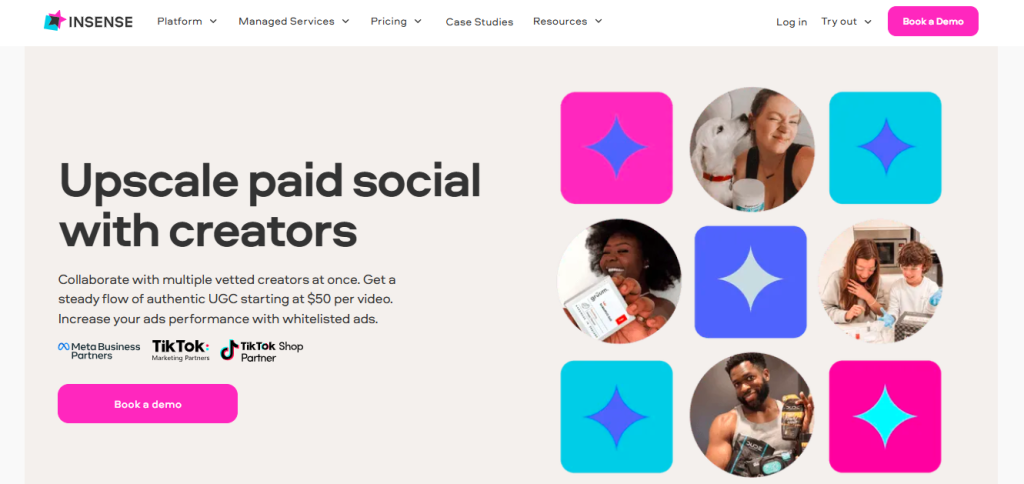
Insense is a user-friendly UGC platform that connects brands with creators to produce authentic content. Their focus is on simplifying the process of creating high-quality UGC through collaborations with influencers and creators.
Insense provides tools for discovering creators, managing campaigns, and tracking results. They also offer basic display options and rights management tools. Insense’s strength lies in its focus on creator collaborations, making it a good option for brands wanting to generate fresh, high-quality UGC.
9. Billo:
Billo simplifies the creation of authentic video UGC by connecting brands with creators. Their focus is on streamlining video production, making it accessible and affordable for businesses. Billo offers a platform for brands to post briefs, find creators, and manage video production. They emphasize transparent pricing and a user-friendly interface. Billo stands out with its dedicated focus on video UGC, simplifying a format that is often more complex to produce.
10. Social Native:
Social Native specializes in influencer marketing and branded content creation. They focus on connecting brands with influencers who can create high-quality UGC that resonates with target audiences. Social Native offers tools for discovering influencers, managing campaigns, and measuring the impact of influencer marketing efforts. They emphasize data-driven insights and performance tracking. Social Native differentiates itself by its strong focus on influencer marketing and branded content.
11. Tint:
Tint is a UGC marketing platform that uses social listening to discover and curate user-generated content. They focus on helping brands find and leverage the most relevant UGC from across the social web. Tint offers features for moderating content, managing rights, and displaying UGC on websites and social media. They emphasize ease of use and quick setup. Tint’s strength lies in its social listening capabilities, enabling brands to discover and leverage trending UGC easily.

